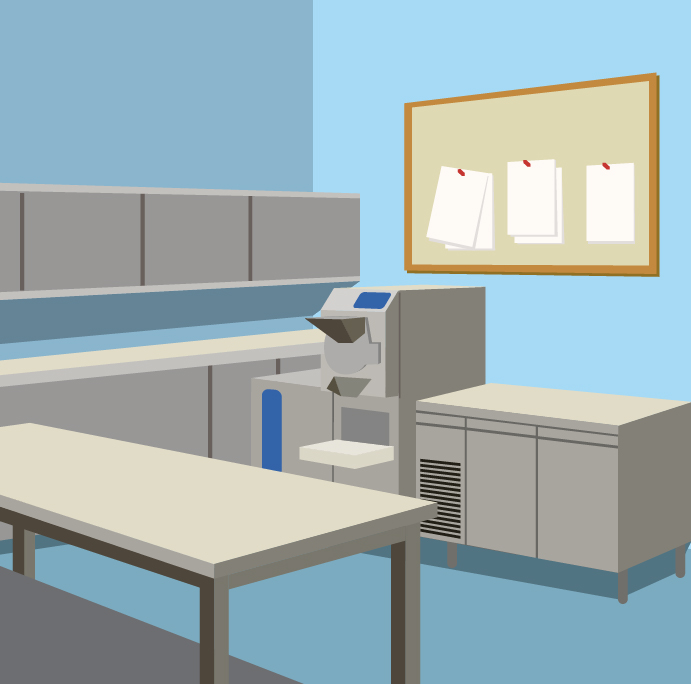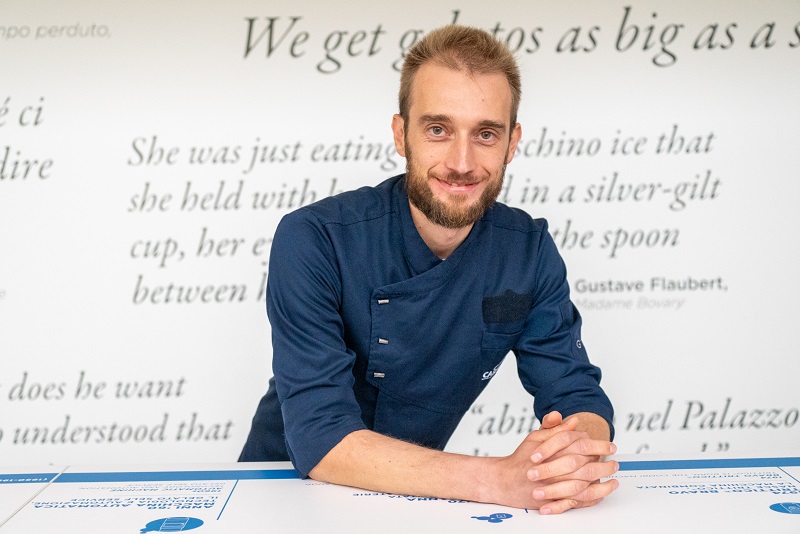CENTRALIZED METHOD
18/09/2024

Another working method often employed is to produce shelf-stable liquid mix in bricks in centralized production facilities. Nicolò explains that this possibility increases the shelf life of the mix, which is then shipped to individual outlets to be frozen on site where the final flavor is produced (pasteurization in gelato shops is therefore no longer necessary). However, this system has some disadvantages from an economic point of view. Producing shelf-stable mixes is usually more expensive, and furthermore, since it’s a "finished" product (and not bags of powders) as in the previous case, the volume shipped is larger. Finally, this type of mix treatment can alter the flavor and aroma of the product.
Many entrepreneurs opt to produce pasteurized liquid mixes that are then also shipped to individual shops. The pasteurized mix can be stored at +4°C, thus eliminating the step of blast chilling and cutting the related energy costs and facilitating storage. However, there’s a disadvantage here as well: the shelf life of a mix at positive temperature is significantly lower (3 days), compared to a frozen mix that can be stored for 30 days on average. This is why it’s usually preferable to produce a pasteurized liquid mix when the shops are close by and can be restocked frequently.
Freezing the mix also has disadvantages: certainly the energy costs are higher because blast chilling is required, and having to keep the mix refrigerated requires proper storage, although it has the advantage of being storable for longer, as mentioned above.
According to Nicolò, storing bags and bricks is advantageous because they take up less volume than trays and tubs. The lower volume is due to the fact that inside the bags or bricks there isn’t that extra 30% of volume given by the incorporated air (added later during freezing), plus they have a more easily storable shape.
The instructor concluded his overview of the various production processes by mentioning that there are businesses that have deployed a hybrid of the methods mentioned. In these cases, for some types of flavors such as fresh fruit a business may prefer to produce finished gelato that can be stored at -18°C to maintain the quality of the flavor when it’s transported and displayed at the point of sale, while for other flavors it might opt for solid ingredients (powder mixes).


Comments (0)